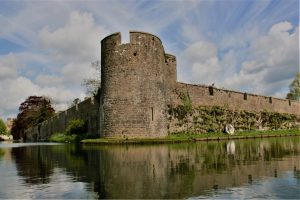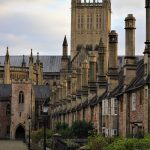Blog writing is a journey. What may have started as a set of reports about trips made to many destinations has developed. Speaking generally – to write about a trip to a place with a sunny climate to spend time on the beach presents no real challenge and this was realised early in the journey, but, with increased age, an awareness and pursuit of delightful places to explore, observations to be made, history to be learnt, etc., has happened. This has not been by chance but by design.
London is not a sun seeker’s destination – certainly not in April. Not too many beaches there either but, with care, the mind can be broadened by a trip there. By now seasoned followers will have gathered that a long list of London landmarks that I would love to see has been formulated. In this blog I try to explore and investigate an architectural wonder but on walking away from the site I have a thousand more questions than I had when I entered. That’s not a bad thing. It is good to question.
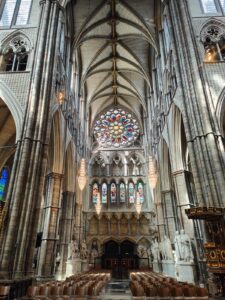 Now, I am not averse to entering a church, abbey or cathedral. I find them good places to calm down and contemplate life. Often, I am there alone with my thoughts but on this occasion (as was the case in July 2022 at St Paul’s cathedral) I was there with my father. He, like me, was bowled over by the fact that a timed entrance slot had to be pre-booked and further surprised to see so many people inside Westminster Abbey. There were significantly more people inside this building than there were in the height of summer at its neighbour on the hill. This was the first difference but, immediately on entering, our minds raced back to our previous experience together (I paid for him that time as well!!) and noted each further difference with each step that was taken as we were shepherded on a one-way system around the building. It was all rather regimented but necessary due to the volume of foot traffic.
Now, I am not averse to entering a church, abbey or cathedral. I find them good places to calm down and contemplate life. Often, I am there alone with my thoughts but on this occasion (as was the case in July 2022 at St Paul’s cathedral) I was there with my father. He, like me, was bowled over by the fact that a timed entrance slot had to be pre-booked and further surprised to see so many people inside Westminster Abbey. There were significantly more people inside this building than there were in the height of summer at its neighbour on the hill. This was the first difference but, immediately on entering, our minds raced back to our previous experience together (I paid for him that time as well!!) and noted each further difference with each step that was taken as we were shepherded on a one-way system around the building. It was all rather regimented but necessary due to the volume of foot traffic.
Perhaps it was the phenomenal number of things to see, the multitude of tombs/memorials of/to famous people to locate and the number of visitors sharing the experience with us that contributed to a feeling of confusion. I was completely baffled by it all and I don’t think that my dad was too far behind me (I refer to his feelings rather than his walking pace!!).
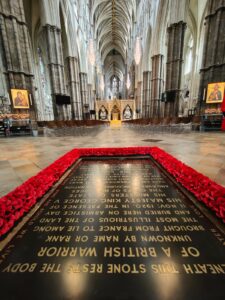 The building is very famous, strikingly beautiful and massively interesting. To me it was an intriguing and beguiling place. To us Brits there seems to be a lack of appreciation or willingness to visit such iconic places but to foreign tourists, there appears to be incredible levels of fascination. The ‘abbey’ is situated in the heart of central London, in the city of Westminster (some people refer to Westminster as one of its boroughs, however, I call it one of London’s two cities) and a short walk from the River Thames. It stands
The building is very famous, strikingly beautiful and massively interesting. To me it was an intriguing and beguiling place. To us Brits there seems to be a lack of appreciation or willingness to visit such iconic places but to foreign tourists, there appears to be incredible levels of fascination. The ‘abbey’ is situated in the heart of central London, in the city of Westminster (some people refer to Westminster as one of its boroughs, however, I call it one of London’s two cities) and a short walk from the River Thames. It stands
proudly alongside the Houses of Parliament with the Supreme Court nearby. The first question I have is – is there a link between all three? It is left open ended as I search for the answer to this and many other questions.
We in England, and I speak generally, associate what transpires at Westminster Abbey as the apparent religious heartbeat of the nation. Perhaps even this statement is a basis for debate. This was my first visit inside the building and, possibly my father’s first as well (he may have been taken inside the building as young lad by my grandfather but that would have taken many years ago!!). Both of us had witnessed (via the TV!!) special occasions with people dressed appropriately and ushered to a set place according to a
seating plan and not one of them wearing headphones. The pomp and circumstance of these occasions are manifest in a carefully scripted programme that leaves the TV viewer, to our minds, focused on the people involved, the music that is played, the words that are spoken/sung and the way they are delivered, the colour, the pageantry, the precision, etc., rather than the surroundings. Now we saw the building from a different angle alongside people from all over the world and there are no complaints. The experience was not to be missed and thoroughly enjoyed. The trip to St Paul’s was on a Friday, I believe. This was a Saturday. Did the change in the day of our visits have anything to do with the marked difference in footfalls? Perhaps that is something to be considered ahead of a return visit.
From my point of view the experience was eye opening, sometimes jaw dropping but a rather confusing visit. There was no dome that required craned necks to see the inner detail and then to climb to stand on it and view London from a never-before-seen angle. There was no crypt that we found that housed memorials to the famous and noble. And yet there were plenty of ornate memorials to kings and queens that were above ground so to speak. Notwithstanding the beauty and the splendour of the things seen, I came away with a range of thought-provoking observations.
 Church, Abbey or Cathedral?
Church, Abbey or Cathedral?
You may question this question as there is a clue in the name. Westminster Abbey is in fact its historical name or should I say nickname. So no, it is not an abbey. Confused? Bear with me. I’m sure we’re well aware of the reformation during the reign of Henry VIII, where he famously broke away from the Roman Catholic church though not for the same reasons as, say, Martin Luther. He and others ruthlessly ravaged, and destroyed and dissolved many of this country’s abbeys, and took a lot of their wealth and land. When we picture an abbey we see romantic ruins and not a perfectly kept building. Maybe Westminster Abbey survived the iconoclasm of the 16th century due to its incredible royal connections and the fact that Henry VIII’s father, Henry VII, is buried here. I’m led to believe that it was re-founded as a cathedral after those dissolution days and spent a few years changing back and forth from an abbey to a church, but when Elizabeth I acceded the throne over ten years after her father died, she made it a church and a royal peculiar and it has remained such ever since. So contrary to its name, it’s neither abbey nor cathedral. There is a Westminster Cathedral but that it is another building a little further down the street. Westminster Abbey is, in fact, a church and it’s real name is Collegiate Church of St Peter at Westminster. That begs another question – what is a collegiate church? Let us consider this new term that I have encountered.
 Royal Peculiar
Royal Peculiar
For the next part of this blog, I had to resort to reading books and guides (which is not a bad thing) as it soon became clear after the visit that I understood very little about what I had seen. My father has lived significantly longer than I and is equally not averse to entering churches recognizing in them places to learn, among other things, about our rich history. He had never heard of ‘Royal particular’ either. What is one of these? The questions were coming thick and fast and the desire and need to learn came with them.
Much, if not all, of this knowledge is gleaned from reading books and guides. This church is owned by the monarch. It is another jewel in his crown and possibly the reason for it being so impeccably maintained. I am not yet able to understand the workings of the church of England. Perhaps after some really serious studying I can explore this in a separate blog. All we need to know is that this church doesn’t belong to a diocese (areas of the country in the care of a bishop) or answer to any bishop but instead to the monarch. This means that the Dean of Westminster runs the show and not a bishop. The Dean of Westminster features in the ceremonial occasions that take place at this prestigious building. Here’s another question I have to investigate – what is the difference between a dean and a bishop, an archbishop even, for the archbishop of Canterbury performs most royal ceremonies at Westminster Abbey?
 Mausoleum?
Mausoleum?
For a layman it is hard to see how this is a place of worship. I would hazard a guess that the majority of visits are made to look at the graves to learn about English history and to admire the architecture rather than worship God. To be fair, that was the purpose of our visit and we were in no way disappointed. It was staggering to learn that over 3000 people are buried in the abbey and there seemed to be countless other memorials that occupy the available space. Upon entering the building, one feels small and dwarfed, a forgotten person, a mere mortal as the great marble statues of illustrious 18th & 19th century prime ministers loom high above the recent entrant in the reception area. There was a statue of Disraeli – his form is hard to miss. I remember seeing a statue of Robert Peel. There was a monument to William Pitt. These are perhaps excessive and over the top, but best sum up, in my opinion, the nature of the place. The presence of these statues be the confirmation of the political and religious links of the two neighbours. As one is borne along with the crowd, it is vital to constantly look down, up, left, and right, as with each step a grave or monument is seen and it is easy to memorials to really famous people. Stephen Hawking’s grave is a particular favourite of many of the visitors to the church. My own fascination is with the former monarchs of the land. At the very centre of the church is the resting place of Edward the Confessor. He was perhaps not laid to rest in this place as he was moved several times, and he was believed to be responsible for miracles and favoured by God. Edward the Confessor is surrounded by 5 kings and 4 queens. He is now laid to rest in St Edwards the Confessor’s Chapel. He died in early 1066 and his death triggered the events that led up to what we know affectionately as ‘1066 and all that’.
 Henry VII Lady Chapel
Henry VII Lady Chapel
To the east of Confessor’s chapel is the jaw dropping and glorious Lady Chapel. A truly spectacular and astonishing architectural achievement. Calling it splendid doesn’t do it justice – it is that sublime. I can’t recall ever walking into a place and being so amazed at what I saw. For a moment, a lengthy one at that, I was completely spell bound. The level of detail and expense put into such a place can see why it was described in 1545 as ‘the wonder of the entire world’ and a century later as ‘one of the stateliest and daintiest monuments of Europe.’ Questions flooded into the mind – what is a lady chapel? Why at the east end of the building? Why behind the main altar? Why are most churches built on an east west axis? How did the people back in the 15 th century construct these buildings (I refer to the fabulous fan vaulting in particular)? I am told that the lady chapel is built in perpendicular style (what does this mean?) with its most striking feature its fan vaulted ceiling. I hope the pictures do it justice. The flags add tremendous colour to the perfectly crafted yellow looking stone. Is this next sentence too strong? I implore you to visit it yourself. It is truly magnificent. There are a further 15 kings and queens buried in here alone, including Henry VII and his wife, Elizabeth I and her sister queen Mary.
 Coronation Church
Coronation Church
The recent coronation of King Charles III was the 40th to have taken place in the church and provided further incredible evidence of our long-standing traditions. This dates back to the first coronation taking place at Westminster Abbey on December 25th 1066 (funny day to choose but maybe Christmas was celebrated in the same way or on the same day back then) when William the Conqueror decided to reinforce his claim to the throne. All the future monarchs have taken the oath here apart from two, the boy king (Edward VI) and the king who abdicated (Edward VIII). There are, no doubt, many tales of these coronations where it was not the perfect spectacle that we witnessed (albeit by TV) in May 2023. Thinking of the previous coronation on June 2nd 1953, my father wasn’t even born and, though there is footage of the events of that day (it was very wet outside I was told by an aged aunt), these seem to be of the placing of the crown upon Queen Elizabeth’s head and not of the rather weird parts of the ceremony that lead up to the crowning event. That day taught me a lot via the TV screen. I am still confused in that during the coronation ceremony it was not the dean, head (if that is the right term) of the most important church in the land, but the Archbishop of Canterbury who placed the crown upon Charles’s head. As we know, the coronation uses one of the most famous pieces of furniture in the world. It is over 700 years old and can be seen in a corner of the church, well protected by surrounding glass. This was removed during World War II when London was under attack from the air in the Blitz and taken to Gloucester cathedral and, no doubt,
stored in the crypt there.
 Gothic Masterpiece
Gothic Masterpiece
Construction of the church that we see today began in the 13 th century by Henry III when he decided to rebuild the church that had been raised under Edward the Confessor’s direction. He laid the foundations before running out of money!! The church was not finished when he died. The building is a masterpiece of Gothic architecture but what does this mean? Similar great projects were underway across medieval Britain and Europe in the middle of the 13th Century. The lady chapel was not started until the early part of the 16th Century and took 10 years to complete some six years after Henry VII died and his charismatic son assumed the throne. General observations I’m always in awe of the arches, the stained-glass windows (did we see many of these at either St Paul’s or Westminster Abbey?), the monumental tombs and ceilings that adorn the many churches and cathedrals in our land. There are terms which I still do not understand – it seems like a different language is used in these places and, by this, I mean all Church of England buildings that I have visited, and others as yet not seen – but I will find out. Whether I remember them or not is another matter. For some examples, what is a reredos (how is it even pronounced?)? What is a chancel (the spell checker wants to put in the word chance!!)? What does it mean? Where is it located? A nave? A transept? A misericord? A cathedra? A quire? A rood screen? The pelican in her piety? The lamb with the flag? The green man? The list is lengthy and this does not contain questions about other people who run these churches and cathedrals.
This building is a masterpiece but is by no means the only architectural wonder in Britain. Arches, both small and large, are spread in perfect unison from north to south side. Stained-glass windows adorn spaces along with windows providing natural light. Some of these were made in medieval times. Presumably the golden coloured dividing structure between nave and quire (?) and adorned with a memorial to Sir Isaac Newton to one side of the part that faces west is the rood screen, but it is quite unlike the beautifully carved wooden though narrower ones that are prevalent in churches throughout the land. Almost everything is confusing despite its undoubted beauty. The lady chapel is the jewel in this crown though the rood screen (I call it this not knowing if I use the right term) is marvellous. I am left thinking that if the fan vaulting has been made these 500 years or more, what could we construct in 2024 that looked anywhere near as nice and that would stand the test of time.
Another London landmark seen and many more to go – watch out for the next one! Coronation church is certainly a favourite.
Conclusions
This is starting to read like a report now but my (our) visit challenged me (us) to look beyond the narrative and explore what I was seeing. I hope that I have raised some interesting thoughts about this place and lesser places like it and perhaps inspired you to get out and explore. I’ve learnt about a royal peculiar and not I alone! I have delved deeper into the history of our monarchy and left with some puzzlement over the makeup of the church. An increased appreciation of architecture and construction grows with every visit as I try to learn and understand these engineering feats. I could and probably should have written a lot more but will hopefully leave you wanting to explore these places for yourself.
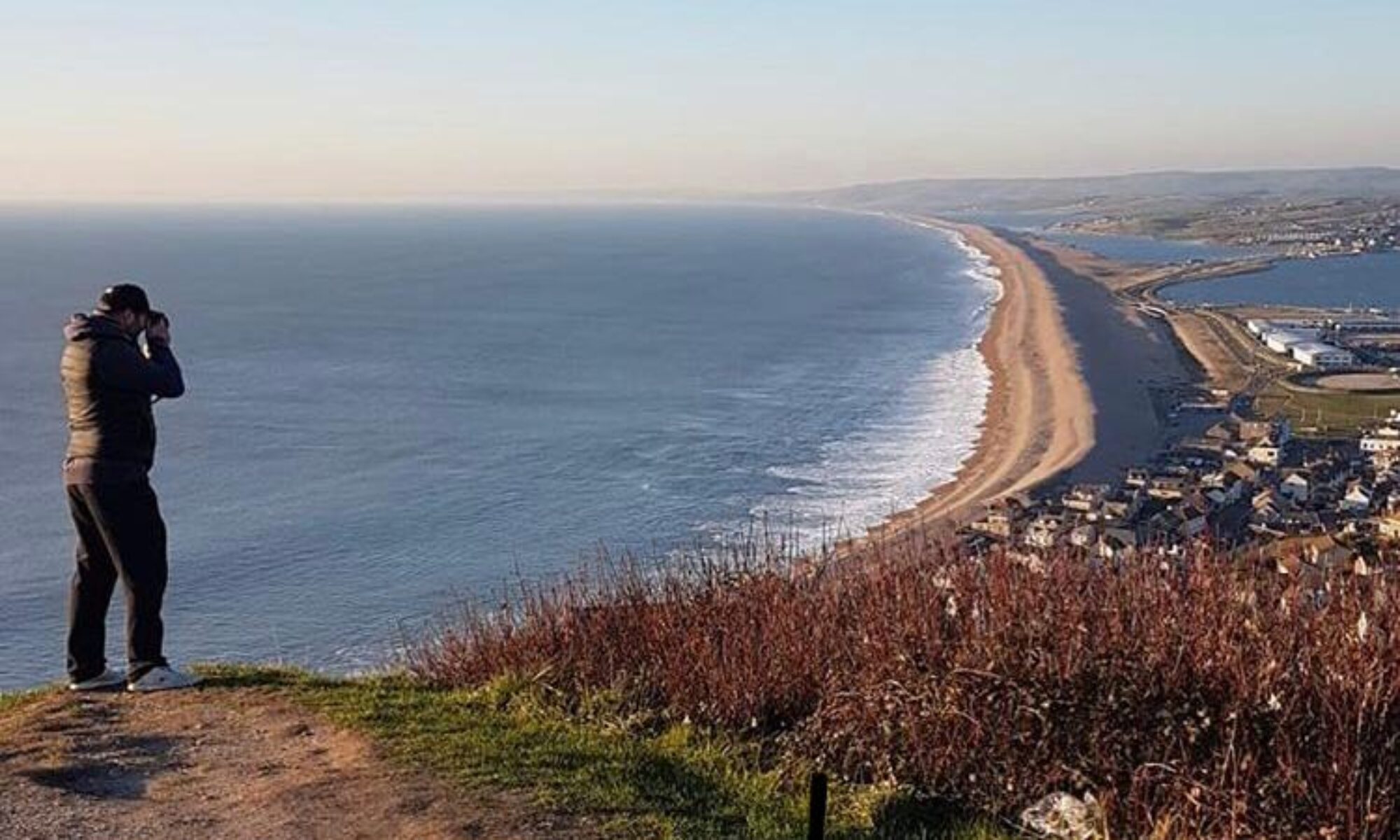
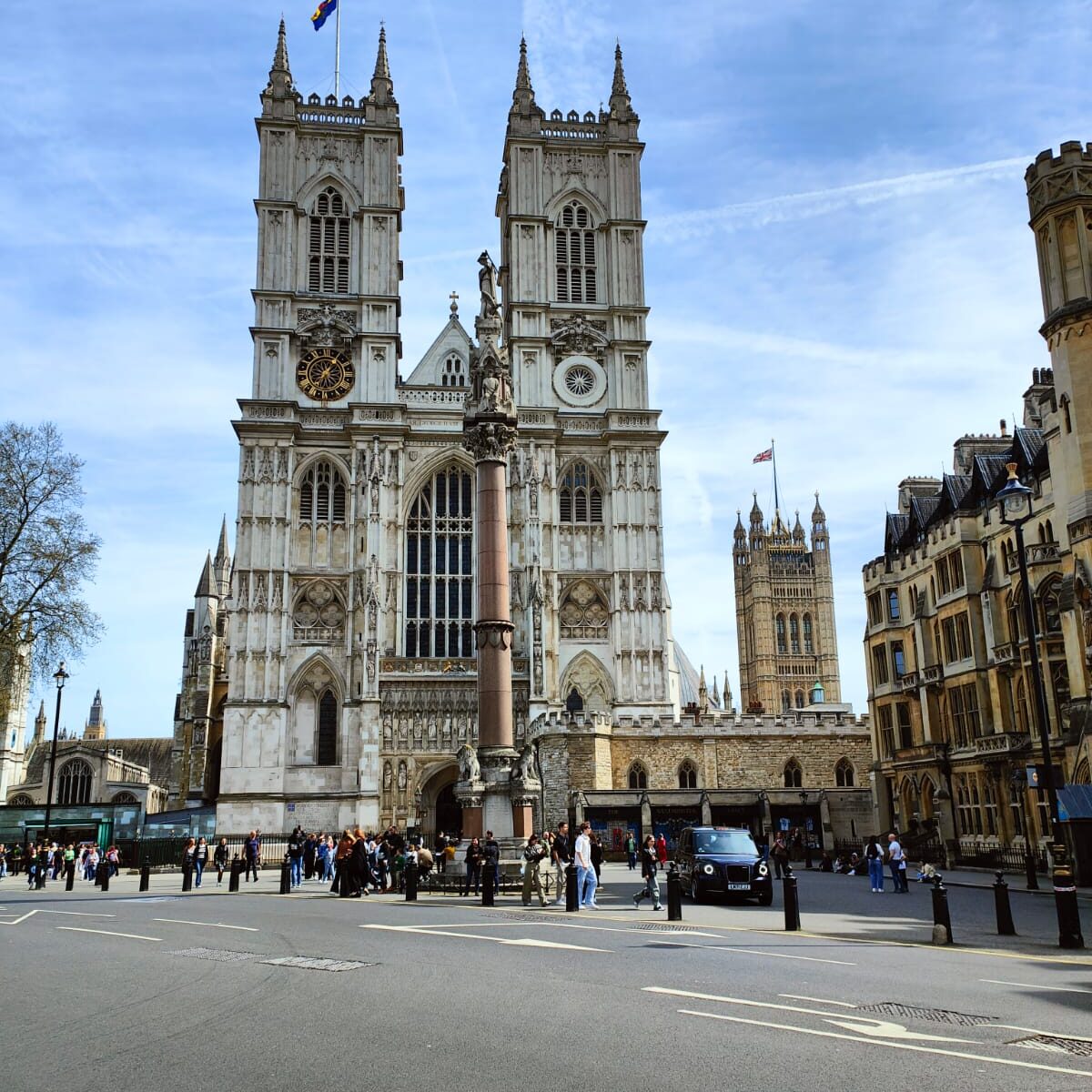
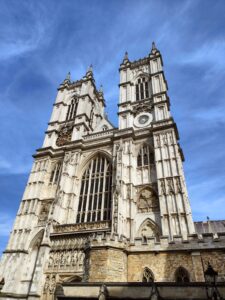 Church, Abbey or Cathedral?
Church, Abbey or Cathedral?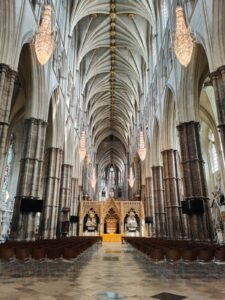 Royal Peculiar
Royal Peculiar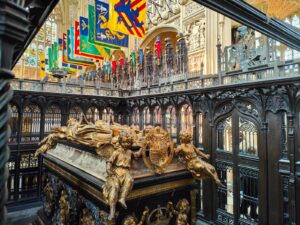 Mausoleum?
Mausoleum?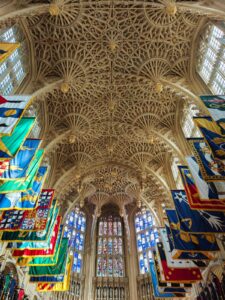 Henry VII Lady Chapel
Henry VII Lady Chapel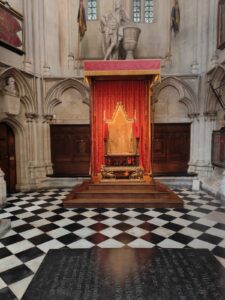 Coronation Church
Coronation Church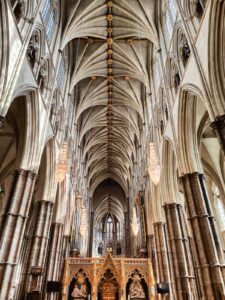 Gothic Masterpiece
Gothic Masterpiece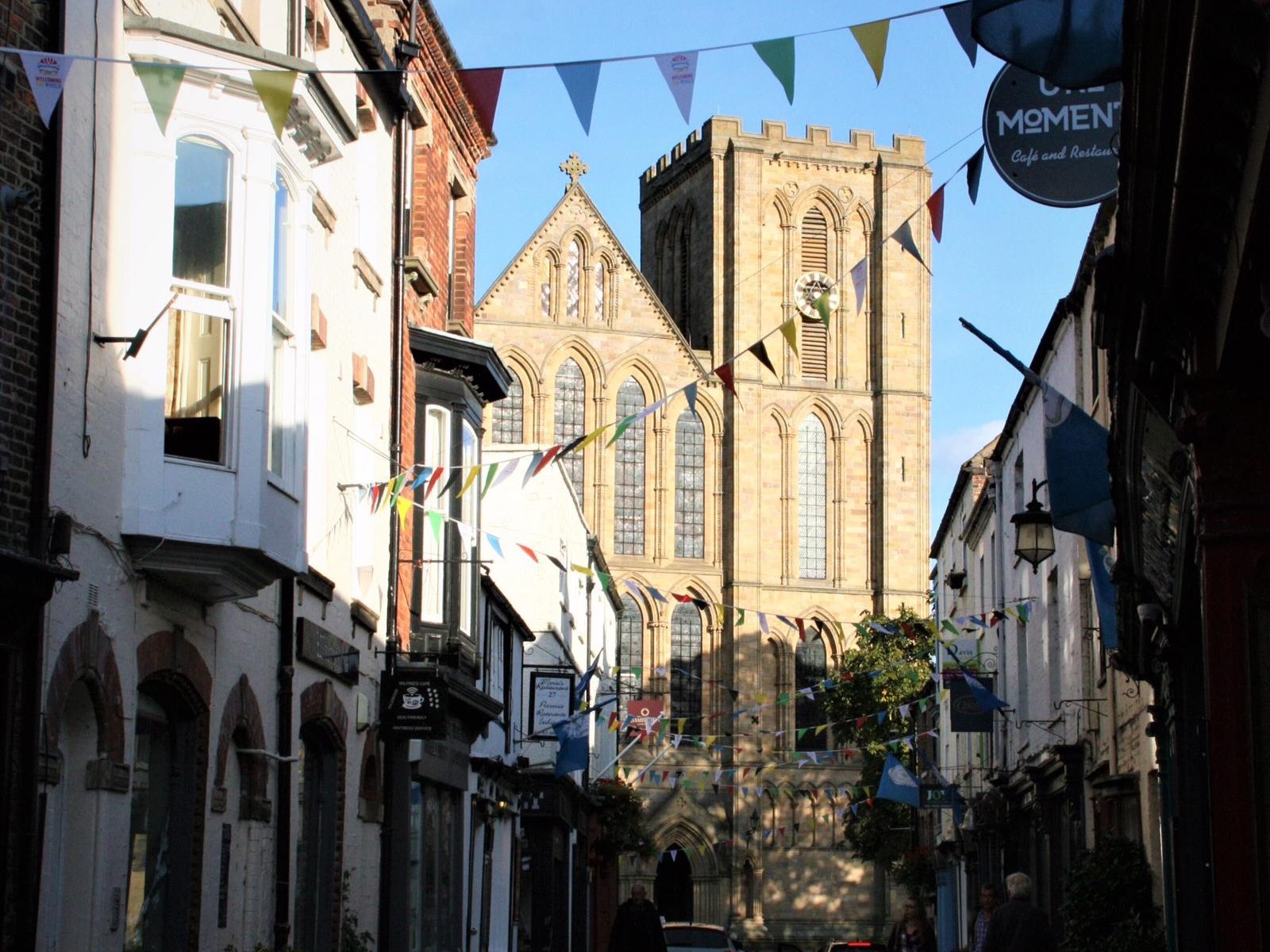
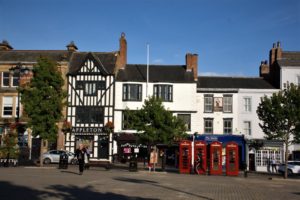
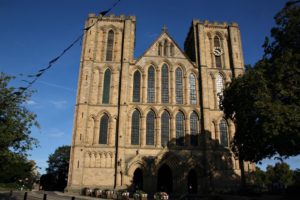
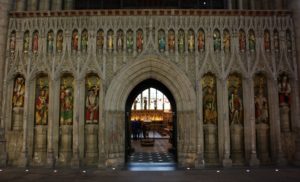
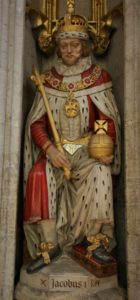
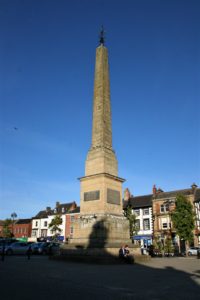
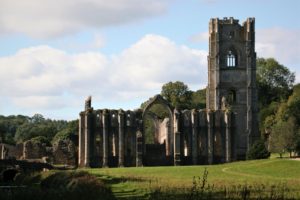
 I’m very fortunate that my job takes me to some of England’s more intriguing places. Today I was in Wells, my destination being blessed in glorious spring sunshine had to be appreciated both before and after work. I noticed it described as “a hidden gem in the heart of Somerset”. No truer words have been put on an advertising leaflet. Even though the film Hot Fuzz was filmed here, locals and tourists don’t flock to Wells to explore; their loss and my gain.
I’m very fortunate that my job takes me to some of England’s more intriguing places. Today I was in Wells, my destination being blessed in glorious spring sunshine had to be appreciated both before and after work. I noticed it described as “a hidden gem in the heart of Somerset”. No truer words have been put on an advertising leaflet. Even though the film Hot Fuzz was filmed here, locals and tourists don’t flock to Wells to explore; their loss and my gain. clear as there are plenty of plaques to say that this or that was put up in this or that year with most reading a date in the 15th century. The two dominating parts of this city are slightly more than a stone’s throw from each other but are clearly linked through religion. It looks like bishops lived well back then!! But it is the why that remains unanswered by a casual stroll through what is nothing more than a small town but has city status. Like some of its neighbouring towns it offers no reason for its presence. It doesn’t appear to have been a strategic position in yesteryear battles, there is no castle, there are no signs of industrialism, confirmed by its lack of railway.
clear as there are plenty of plaques to say that this or that was put up in this or that year with most reading a date in the 15th century. The two dominating parts of this city are slightly more than a stone’s throw from each other but are clearly linked through religion. It looks like bishops lived well back then!! But it is the why that remains unanswered by a casual stroll through what is nothing more than a small town but has city status. Like some of its neighbouring towns it offers no reason for its presence. It doesn’t appear to have been a strategic position in yesteryear battles, there is no castle, there are no signs of industrialism, confirmed by its lack of railway.